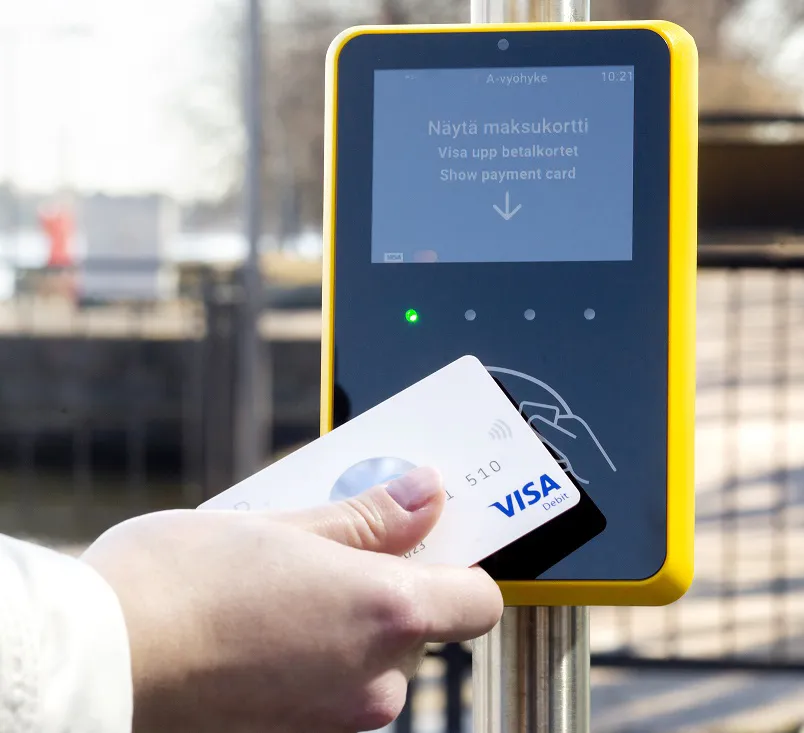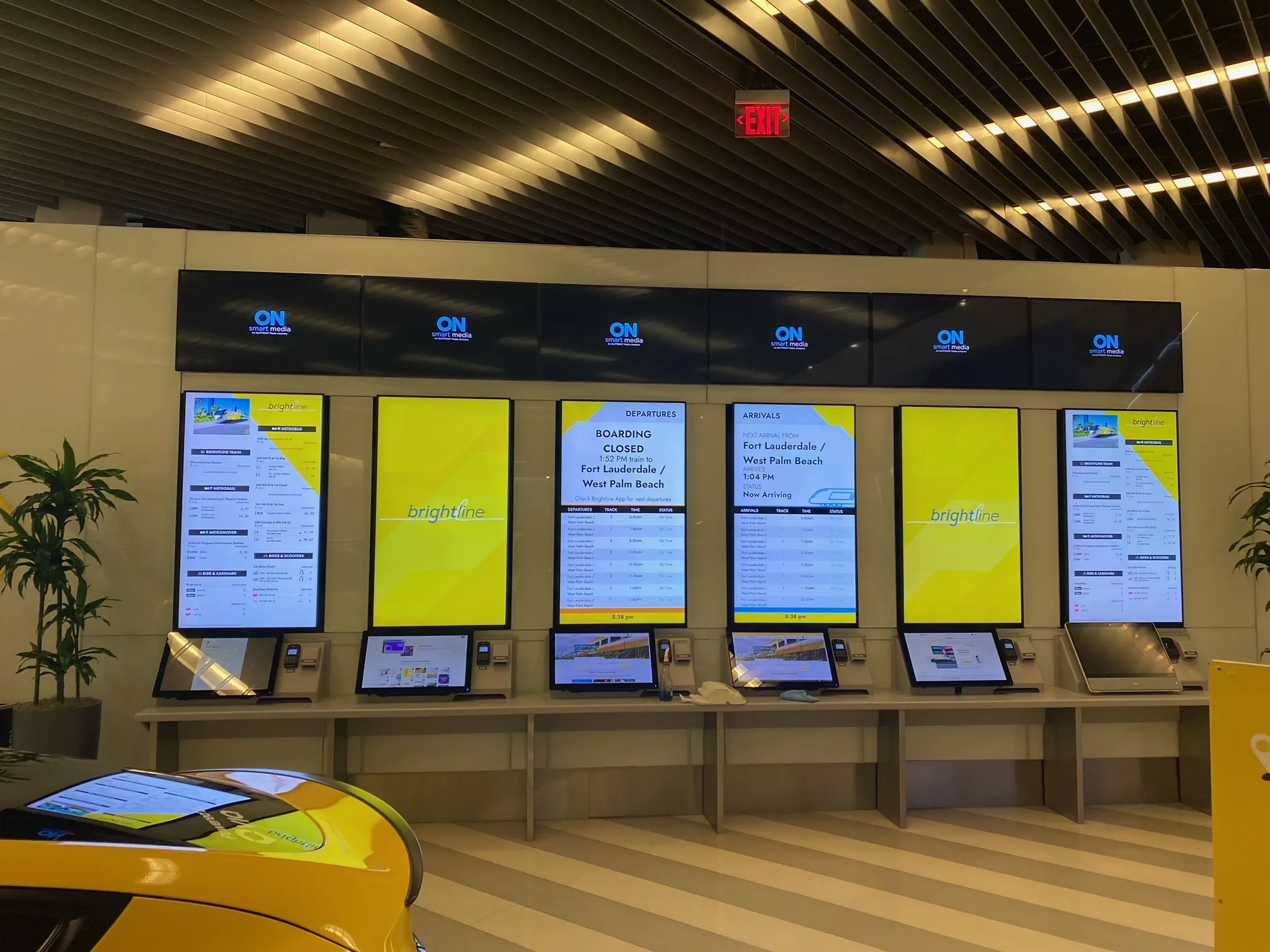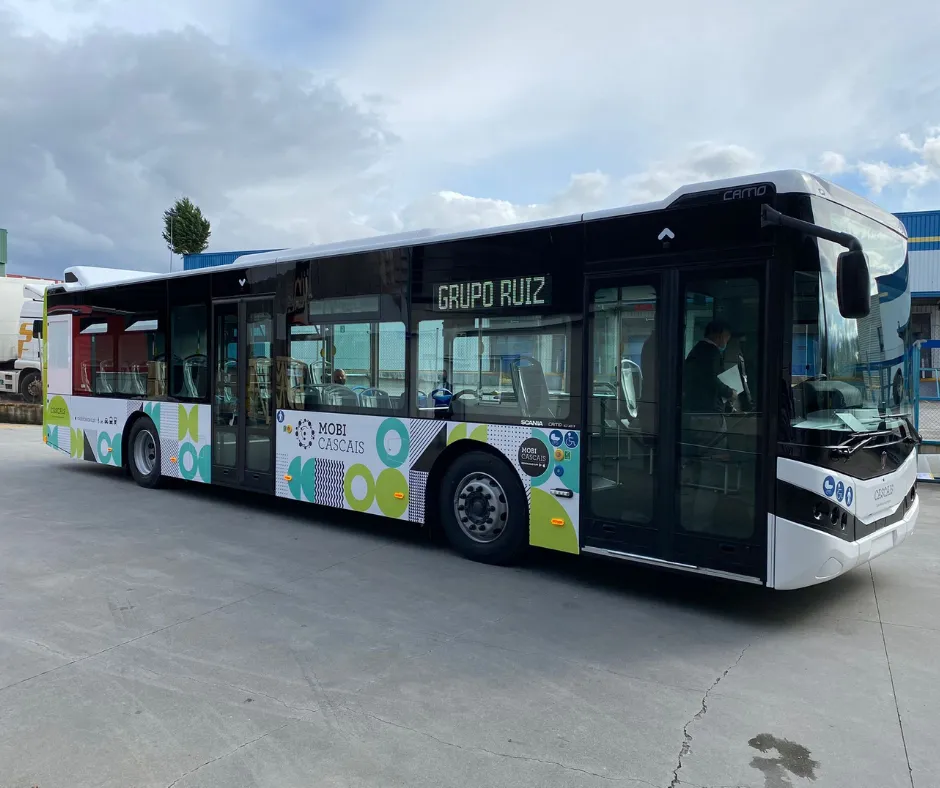
Littlepay is enabling “loop payments” on selected ferries and trams in Finnish capital Helsinki and on buses operated by Nysse in Tampere, a city in south-west Finland.
The tap-to-pay rollout is the first phase of a contract with Helsinki Regional Transport (HSL) and its public transit information and ticketing provider TVV lippu- ja maksujärjestelmä (LMJ) to enable contactless payments on public transport in Finnish cities.
Mari Flink, customer experience and sales, director of department, at HSL says, “We believe our riders will appreciate the convenience of the new systems we are putting in place. On public transport, it’s so simple to tap a contactless card or device on a reader, rather than queuing to buy a travel card or ticket, or downloading a transit app.”
For the Tampere deployment, Littlepay has enhanced its fare-capping rules to introduce zonal, time-based capping.
The payment service provider says this allows the transit agency to configure fare caps depending on the time period a passenger is travelling within and the zonal areas they enter during their journey.
The new capping rules allow passengers to travel across as many zones as needed within the travel window.
In Helsinki, the Littlepay Inspect app is making its debut to remove the need for expensive hardware to check a contactless payment method’s validity for travel.
According to Littlepay, it supports inspection on- and off-vehicles, automatically checking cards against a list of known taps.
HSL is hoping to begin a migration towards account-based ticketing in Finland’s cities, which would mean travel rights and travel product rules are controlled in a back-end system.
To facilitate this, a later phase of the project will involve the use of Littlepay’s recently developed back-office application programming interface (API) to integrate a back-office with the payment platform.
Kira Hellstrom, project manager at HSL, says, “Littlepay’s experience in the field is valuable for us, as contactless payment in transit is a complex and strictly-regulated area. We appreciate their good knowledge, experience and partnership in our journey towards contactless.”
The fare collection systems in both cities use Littlepay for transit payment processing and Nets for card scheme connectivity.
However, the solutions vary in their choice of integrated hardware as PPT Excellence validators handle card taps in Helsinki while Pusatec and Logos provides the hardware in Tampere.
The ability to plug and play different connected validators and acquiring services is a key advantage of using Littlepay, the company adds.
The payment gateway has secured partnerships with ticketing technology providers and financial institutions, which allow it to offer a range of hybrid solutions.
Littlepay claims it has achieved a number of “firsts” to bring these projects to fruition, including localisation of its merchant portal, with Finnish and Swedish translations and Euro currency support.










